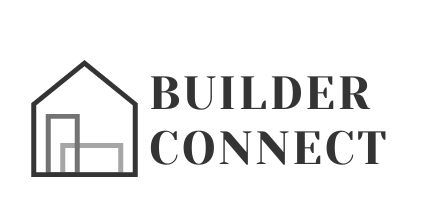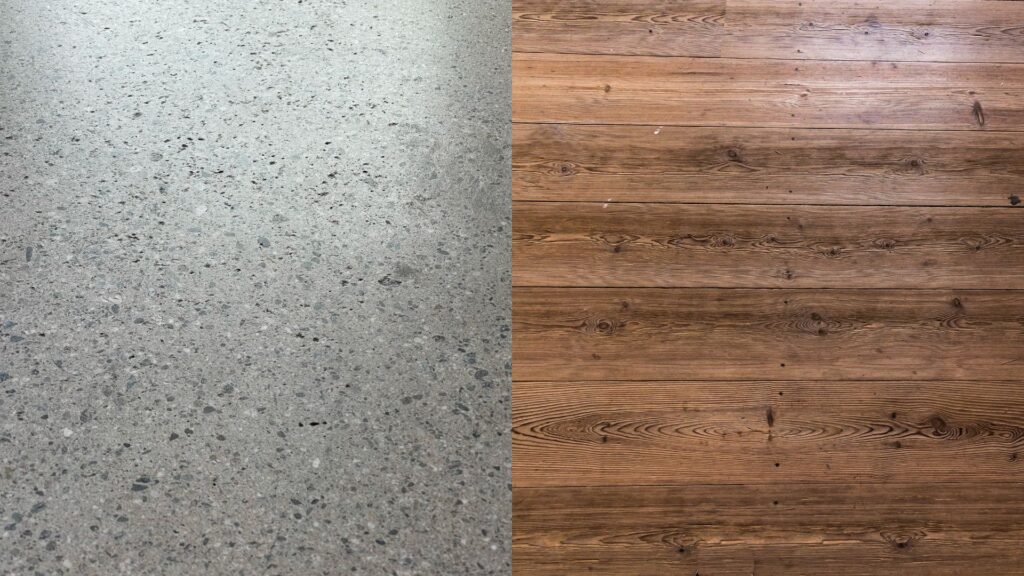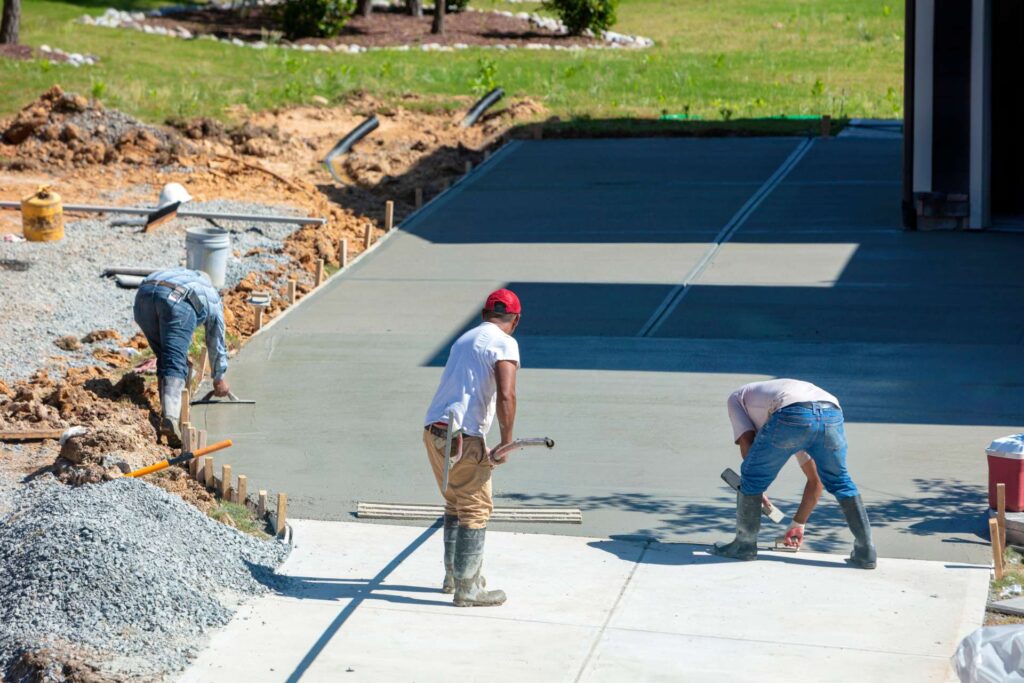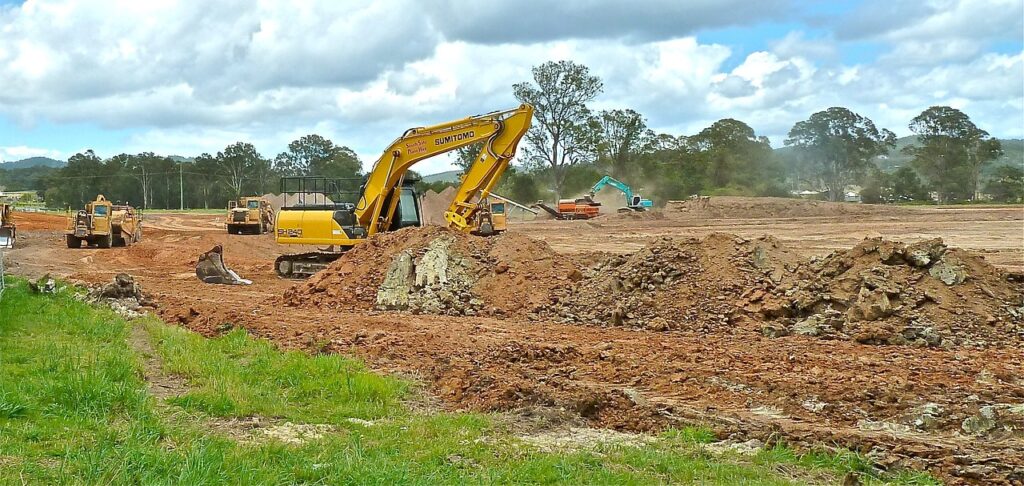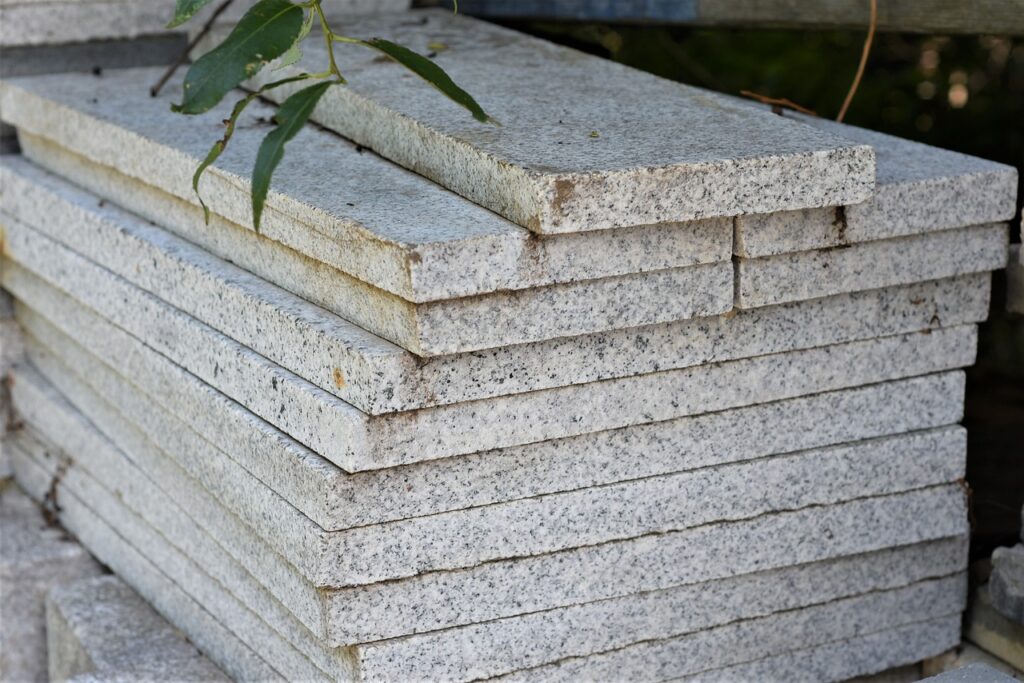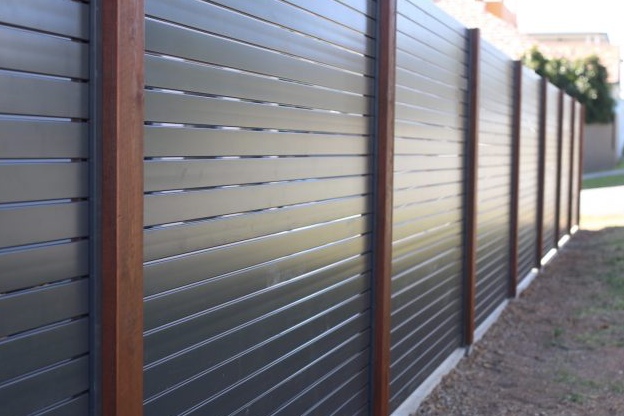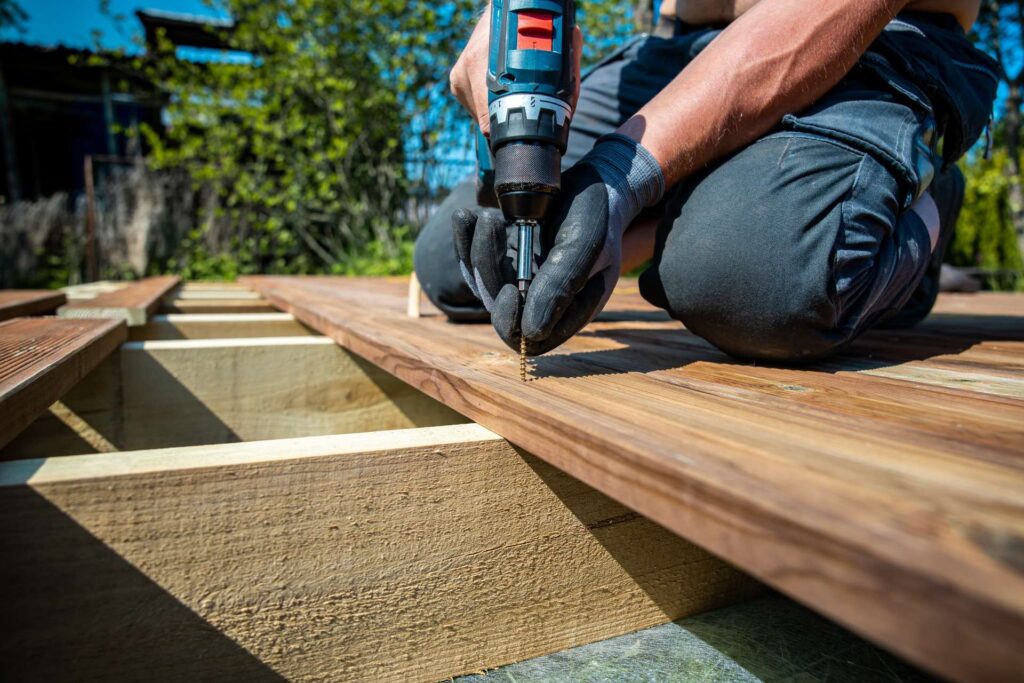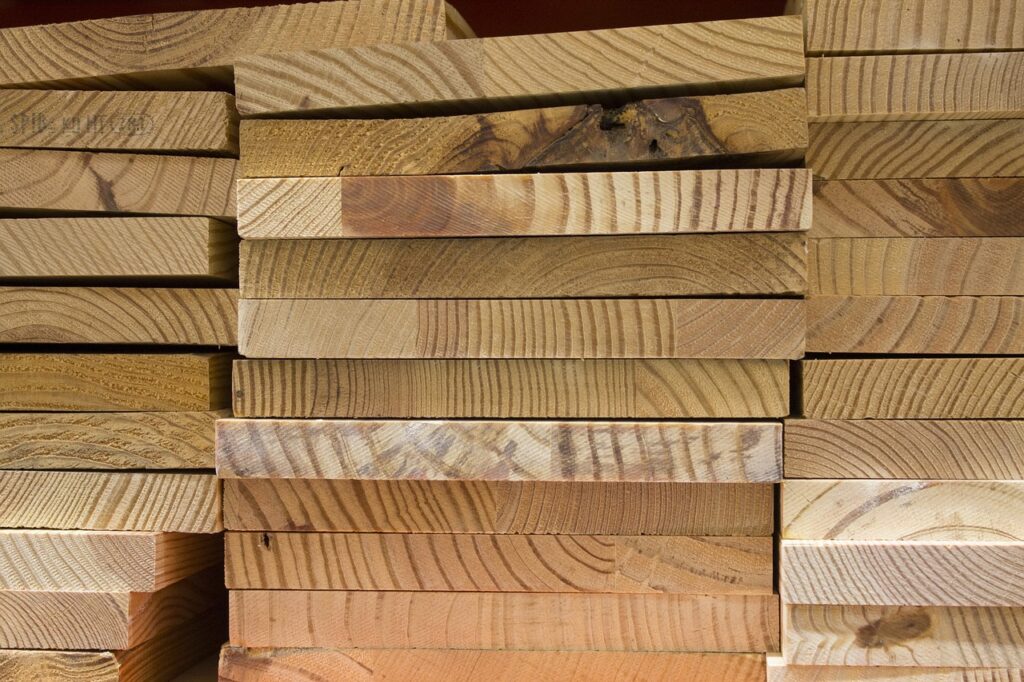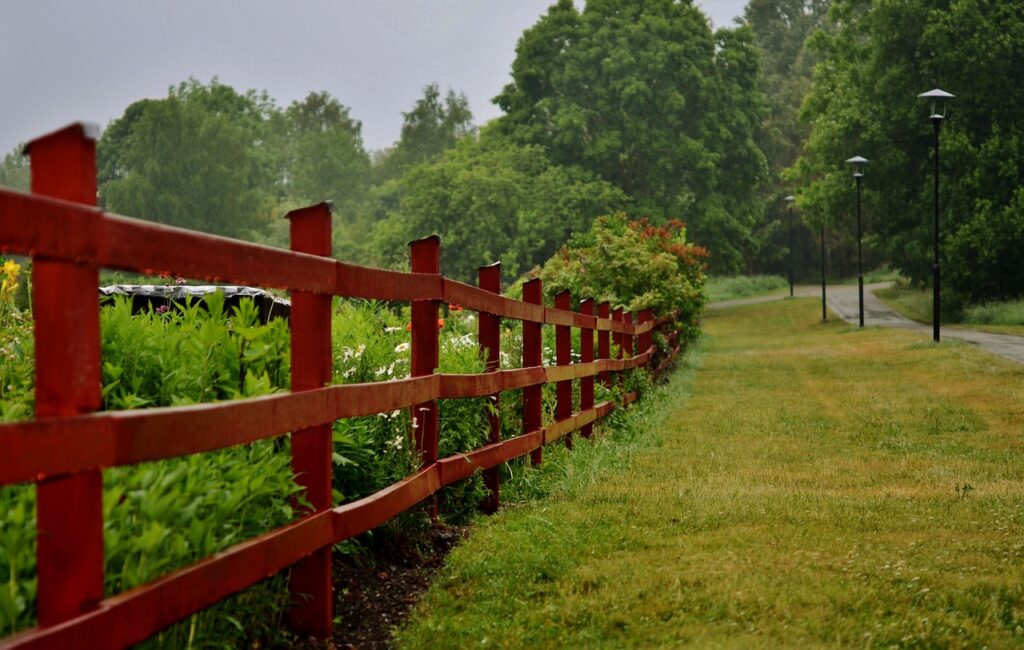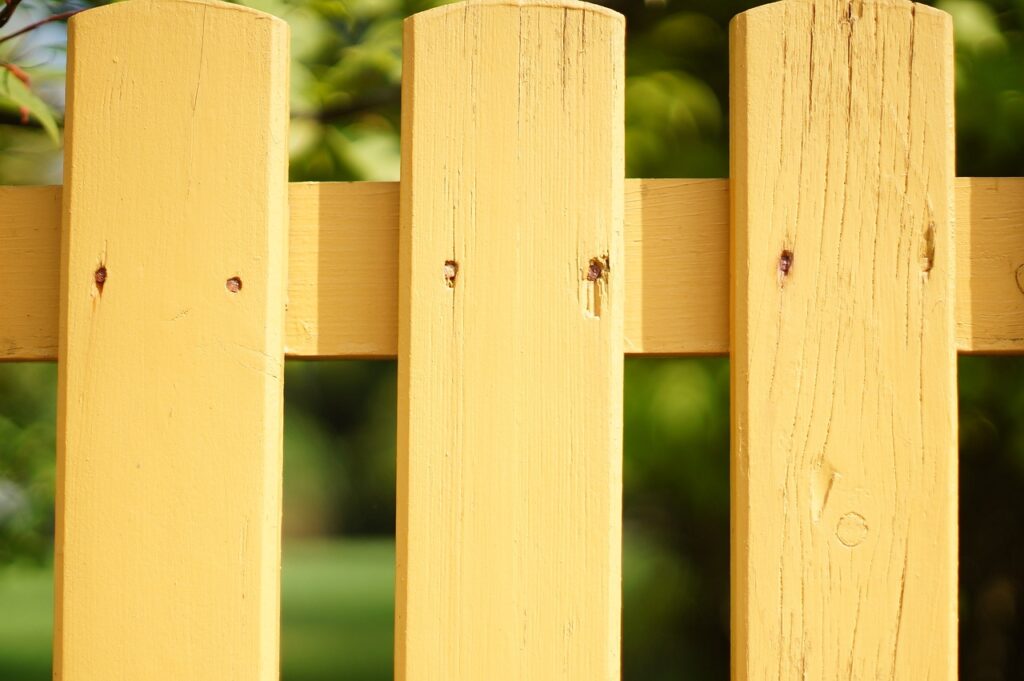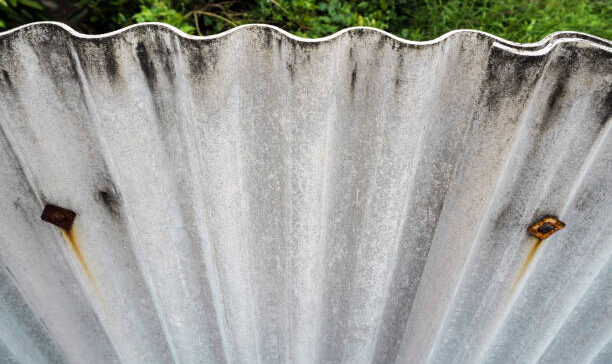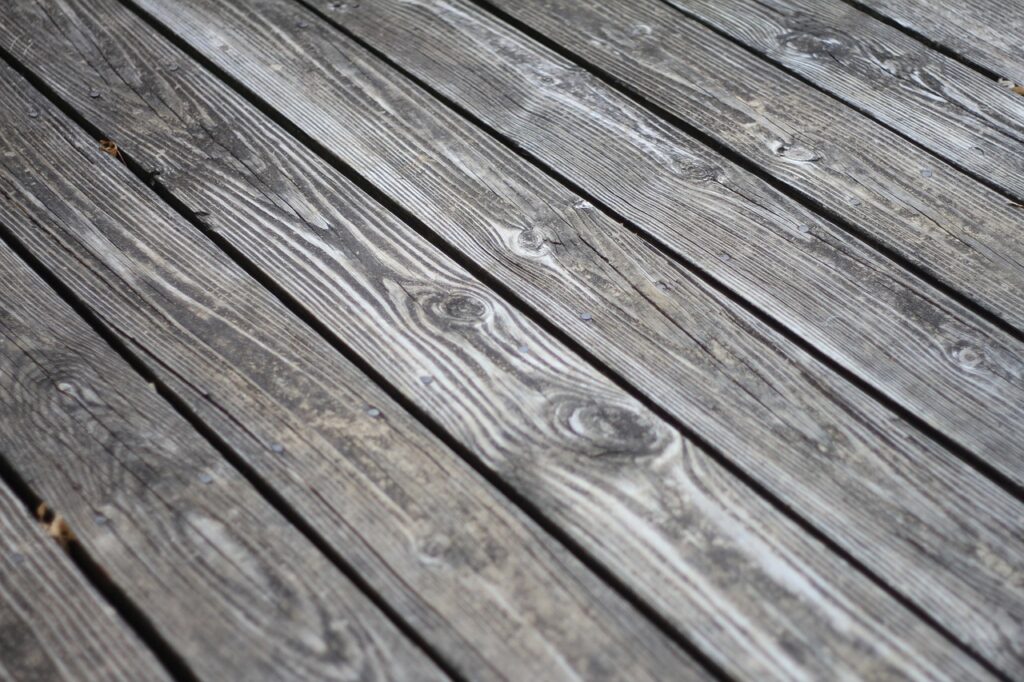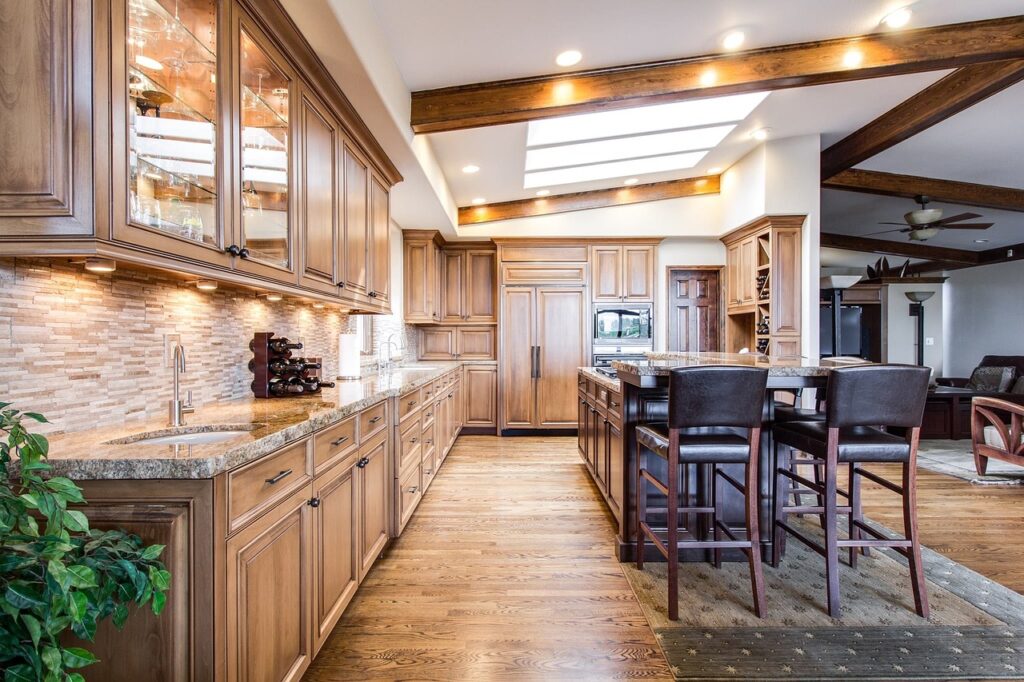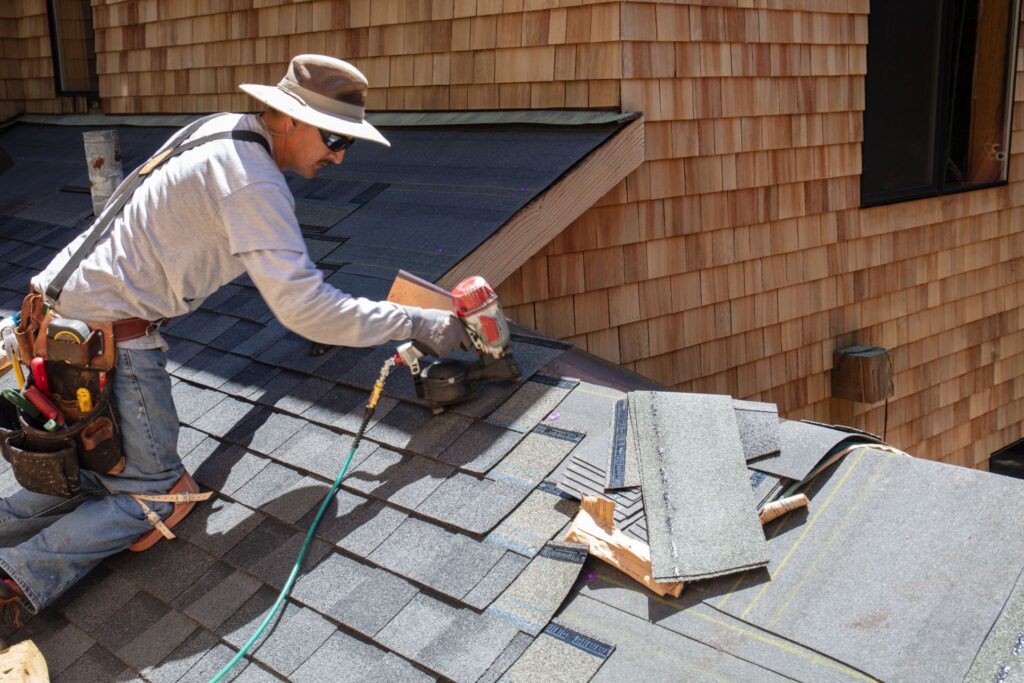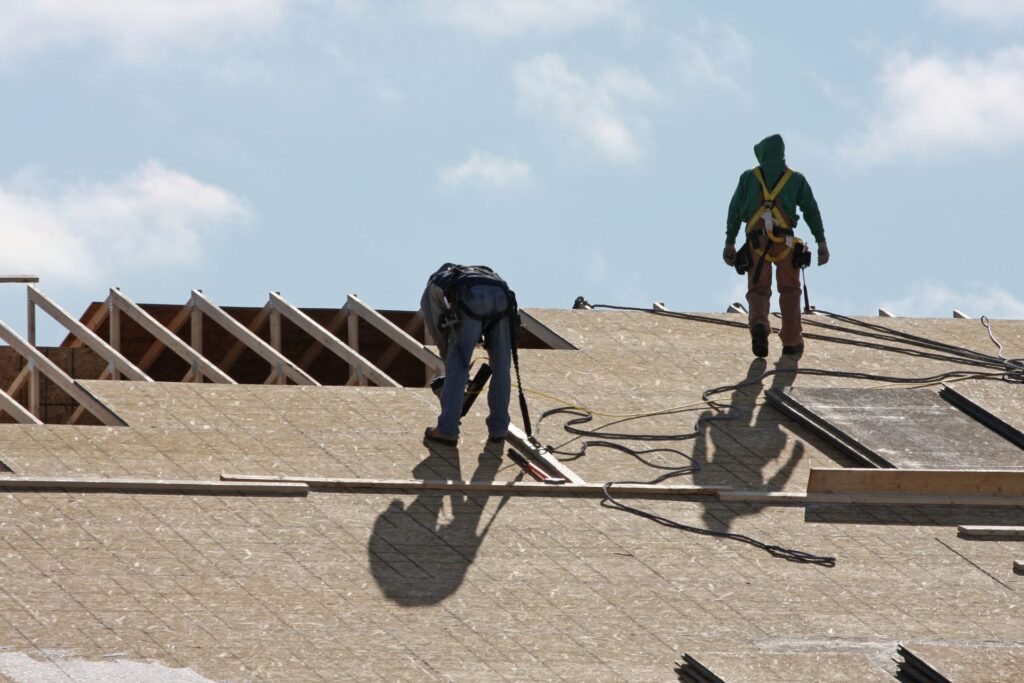Welcome to your guide on understanding the real cost differences between polished concrete and timber floors, two popular choices that can completely change the look and feel of your space. Whether you’re renovating your home, building from scratch, or simply curious about flooring options, knowing how these materials compare in price can save you time, money, and stress. In this post, we’ll break down what each option offers, what drives their costs, and how factors like installation, maintenance, and long-term value play into your decision, so you can choose the floor that fits both your style and your budget.
Polished concrete floors generally cost less to install and maintain than timber floors, with prices ranging from low to moderate depending on the finish, while timber floors often have higher upfront costs due to material and installation expenses. Over time, polished concrete can be more cost-effective because it requires minimal upkeep, whereas timber floors may need refinishing and more regular maintenance.
- Overview Of Polished Concrete Floors
- Overview Of Timber Floors
- Cost Factors For Polished Concrete
- Cost Factors For Timber Floors
- Direct Cost Comparison: Polished Concrete Vs Timber
- Other Considerations Beyond Cost
- Pros And Cons Of Polished Concrete And Timber Floors
- Real-Life Scenarios
- FAQs: About Polished Concrete Vs Timber Floors
- Conclusion
- Find A Professional Flooring Company Near You!
Overview Of Polished Concrete Floors
What Polished Concrete Is And How It’s Made
Polished concrete is a flooring option created by mechanically grinding and polishing a concrete surface to achieve a smooth, reflective finish. The process starts with preparing the existing concrete slab, which may involve cleaning, repairing cracks, and leveling uneven areas. Specialized grinders with diamond abrasives are then used in multiple stages, gradually refining the surface. A densifier is applied to strengthen the concrete and make it more resistant to stains and wear. Finally, the floor is polished to the desired sheen, whether a matte, semi-gloss, or high-gloss finish. This method does not require additional coverings like tiles or carpets, which helps reduce material waste and overall costs.
Common Use In Homes, Offices, And Retail Spaces
Polished concrete floors are increasingly popular across different types of properties. In homes, they offer a sleek, contemporary look that complements both minimalist and industrial designs. Offices often choose polished concrete for its professional appearance, ease of cleaning, and ability to handle heavy foot traffic. Retail spaces benefit from the reflective surface, which can enhance lighting and make stores appear brighter and more spacious. This versatility makes polished concrete suitable for both functional and decorative purposes.
Key Factors That Make It Appealing (Durability, Low Maintenance, Modern Look)
Durability is one of the main reasons polished concrete is a preferred flooring option. When properly installed and maintained, it can last decades without major repairs. Its dense surface resists scratches, chips, and chemical damage, making it ideal for busy environments. Maintenance is minimal, regular sweeping and occasional mopping are usually enough to keep it looking fresh. Beyond practicality, polished concrete has a modern, sophisticated aesthetic that fits a wide range of interior styles. It can be customized with different colors, patterns, and aggregate exposures, giving property owners flexibility in design while maintaining a clean and contemporary appeal.
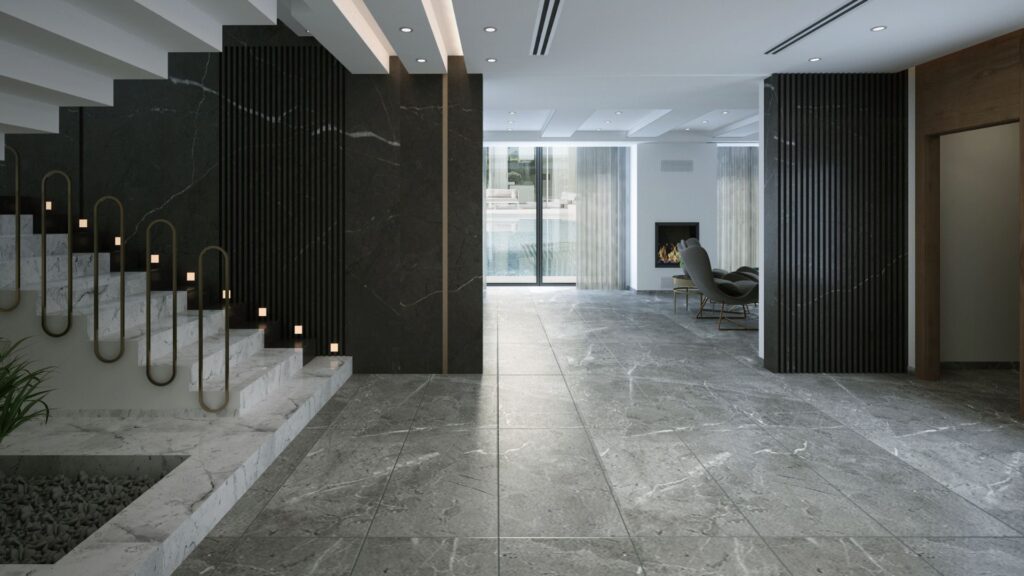
Overview Of Timber Floors
Timber flooring is a classic choice that has been used in homes for centuries, valued for both its beauty and durability. It is made from processed wood and comes in several main types, each offering different characteristics in terms of appearance, cost, and maintenance needs.
Solid Timber Flooring
Solid timber flooring is made from single pieces of hardwood, such as oak, maple, or jarrah. Because it is constructed from one solid piece of wood, it can be sanded and refinished multiple times over its lifespan, often lasting decades with proper care. Solid timber offers a rich, authentic look that naturally enhances with age, making it a premium choice for many homeowners.
Engineered Timber Flooring
Engineered timber flooring is constructed from multiple layers of wood, with a hardwood veneer on top. This design makes it more stable and resistant to moisture compared to solid timber, which can expand or contract in changing climates. Engineered timber still delivers the beauty of real wood but at a more accessible price point, and it’s suitable for a wider range of environments, including apartments and areas with fluctuating humidity.
Laminate Timber Flooring
Laminate timber flooring is a cost-effective alternative that mimics the look of natural wood using a photographic layer beneath a protective coating. While it doesn’t have the same longevity as real timber, it offers good durability, is easy to maintain, and is available in a wide variety of styles. Laminate is an excellent choice for homeowners who want the appearance of wood without the higher costs or upkeep requirements.
Traditional And Natural Aesthetic Appeal
One of the strongest draws of timber flooring is its natural aesthetic. The unique grain patterns, color variations, and organic textures create a warm and inviting feel in any space. Unlike synthetic flooring, timber develops a character over time, with small imperfections and changes in tone adding to its charm. Whether used in traditional, rustic, or contemporary interiors, timber flooring complements a wide range of design styles.
Factors That Attract Homeowners
Homeowners are drawn to timber floors for several reasons:
- Warmth: Timber feels warmer underfoot compared to concrete or tiles, adding comfort to living spaces.
- Resale Value: Homes with well-maintained timber floors often appeal to buyers and can command higher prices.
- Timeless Style: Unlike trends that come and go, timber flooring remains a classic choice that never feels outdated.
When considering timber floors, it’s important to balance the initial investment with the long-term benefits they provide. With proper installation and care, timber can last for decades, making it not just a design choice, but a lasting investment in your home’s appeal and value.

Cost Factors For Polished Concrete
When comparing flooring options, understanding the cost factors for polished concrete can help you make a smarter investment decision. Polished concrete offers a sleek, modern look and long-lasting durability, but its final price depends on several key elements. Each stage, from preparation to finishing, plays a role in determining your overall budget.
Installation Process And How It Affects Cost
The installation process for polished concrete can vary in complexity, which directly impacts cost. If you already have a concrete slab in good condition, the process is usually quicker and less expensive. However, if the slab needs repairs, leveling, or reinforcement, additional labor and materials will increase the price. The number of grinding passes, type of sealant, and labor hours also affect your final bill. In many cases, complex designs or larger areas will require more time, which adds to the cost.
Price Differences By Finish Level (Basic Polish, High-Gloss, Decorative)
Polished concrete is available in different finish levels, each with its own price range. A basic polish, which provides a matte or low-sheen finish, is generally the most affordable option. High-gloss finishes require more grinding and polishing steps, which increases both labor and material costs. Decorative finishes, such as colored stains, patterns, or embedded aggregates, offer a custom look but come with higher expenses. The more intricate the design, the higher the overall cost will be.
Influence Of Site Preparation And Subfloor Condition
Site preparation is another factor that greatly affects polished concrete costs. If the site is already clear, level, and accessible, the preparation work is minimal. On the other hand, removing old flooring, repairing cracks, or addressing moisture issues can significantly raise the price. Subfloor condition is especially important because uneven or damaged surfaces require additional grinding and patching before polishing can begin. These steps ensure a smooth, durable finish but add to the project timeline and budget.
Long-Term Maintenance Costs
One of the advantages of polished concrete is its low maintenance requirements, which help keep long-term costs down. Regular sweeping and occasional damp mopping are usually enough to maintain its appearance. Resealing every few years may be necessary to protect the surface from stains and wear, but this is relatively inexpensive compared to other flooring types. Because polished concrete is highly durable, you are less likely to face costly repairs or replacements, making it a cost-effective choice over time.
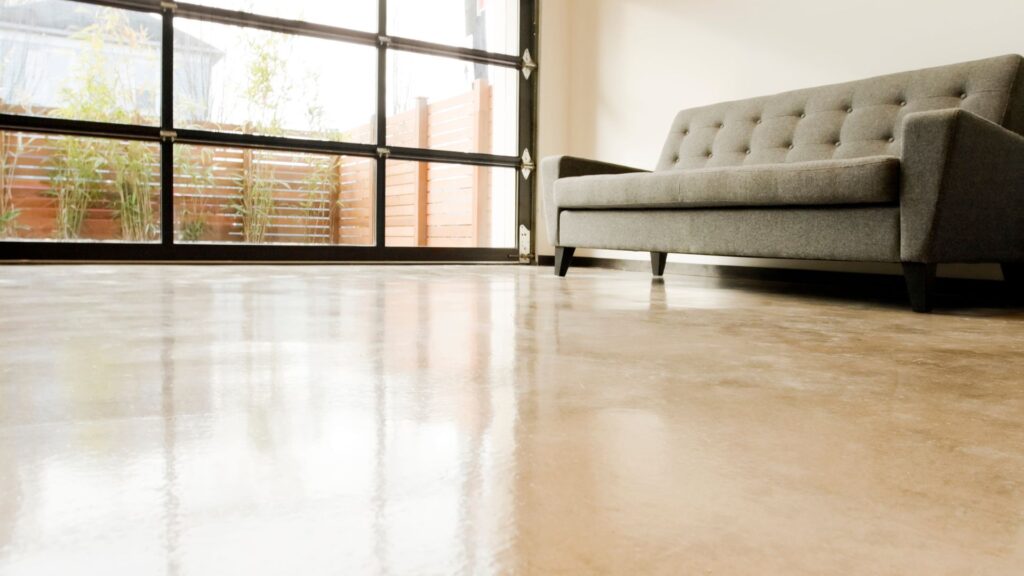
Cost Factors For Timber Floors
When comparing flooring options, timber stands out for its natural beauty and timeless appeal, but several cost factors can influence your final budget. Understanding these factors will help you make an informed decision that fits both your style and financial plan.
Material Cost Differences By Timber Type And Grade
The cost of timber flooring can vary greatly depending on the species and grade you choose. Popular hardwoods like oak, spotted gum, and jarrah often come at a premium due to their durability and rich appearance. Softer timbers such as pine may cost less but can be more prone to dents and scratches. Grade also plays a role, select grade timber has fewer imperfections and a more uniform look, which usually increases its price. Standard and rustic grades feature more natural variations, making them more affordable while still offering plenty of character.
Installation Costs For Solid Vs Engineered Timber
Installation expenses differ between solid timber and engineered timber flooring. Solid timber planks require more preparation, as they need to be nailed or glued down, sanded, and finished on site. This process is labor-intensive, which can raise the overall cost. Engineered timber, on the other hand, is often pre-finished and uses a click-lock or glue system, making installation quicker and less expensive. If you’re working with a tighter budget or a shorter renovation timeline, engineered timber may be a more cost-effective option.
Ongoing Maintenance And Refinishing Expenses
While timber flooring is long-lasting, it does require periodic maintenance to keep it looking its best. Over time, foot traffic, spills, and sunlight can cause wear and fading. Solid timber floors can be sanded and refinished multiple times, which restores their appearance but comes with additional costs for labor and materials. Engineered timber can also be refinished, but the number of times is limited by the thickness of the top veneer. Regular cleaning, polishing, and protective treatments should also be factored into your ongoing expenses.
Impact Of Climate And Location On Upkeep Costs
Where you live can significantly affect the upkeep of timber floors. In humid or coastal regions, moisture can cause timber to swell, warp, or develop mold, leading to more frequent repairs or refinishing. In dry climates, timber may shrink and develop gaps between planks. Temperature fluctuations can also impact the lifespan of the flooring. Choosing the right type of timber and applying appropriate finishes for your local climate can help reduce long-term costs and preserve your floor’s appearance.
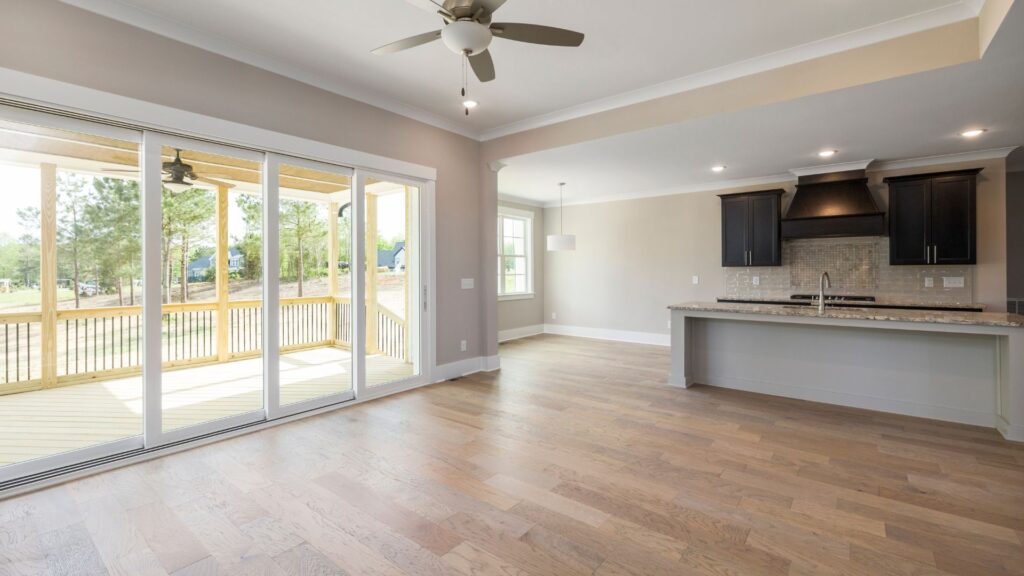
Direct Cost Comparison: Polished Concrete Vs Timber
When choosing between polished concrete and timber floors, cost is often one of the biggest deciding factors. While both offer unique aesthetic appeal and functional benefits, their price tags and long-term financial implications can differ greatly. Understanding these cost differences will help you make a decision that fits both your style and budget.
Average Installation Cost Ranges For Both
Polished concrete typically has a lower installation cost compared to timber, especially if you already have a concrete slab in place. On average, you can expect to pay between $50 and $120 per square meter for polished concrete, depending on the level of finish, design elements, and the amount of surface preparation required. Timber floors, on the other hand, can range from $70 to $200 per square meter. This cost variation is due to factors such as the type of timber (solid hardwood, engineered, or laminate), quality grading, and the complexity of installation.
Short-Term Vs Long-Term Financial Impact
In the short term, polished concrete often provides more budget-friendly options, especially for larger spaces. The lower upfront cost makes it appealing for those who need durable flooring without overspending. Timber flooring, while more expensive to install, can offer strong aesthetic and resale advantages right away. In the long term, however, the picture changes. Polished concrete requires less upkeep, meaning fewer ongoing expenses, while timber floors may need periodic sanding, sealing, and refinishing, which add to the lifetime cost.
Which Is Cheaper To Maintain Over Time
Maintenance is where polished concrete often wins. Beyond regular cleaning with a mop and neutral pH cleaner, it requires little else. It resists stains, moisture, and heavy wear, making it suitable for high-traffic areas. Timber floors demand more attention to maintain their appearance and structural integrity. Depending on foot traffic and environmental conditions, refinishing may be needed every 7 to 10 years. Moisture damage, scratches, and dents can also lead to repair costs that polished concrete generally avoids.
Value Retention And Resale Potential
Both flooring types can add value to your property, but in different ways. Timber flooring is often seen as a premium feature in real estate listings, appealing to a broad audience due to its warm, timeless look. This can positively influence resale value, especially in traditional or high-end markets. Polished concrete, while more niche, has growing appeal in modern, minimalist, and industrial-style homes. Its durability and low maintenance are attractive selling points for certain buyers. Ultimately, the value retention depends on the property’s style, target buyer preferences, and overall design consistency.
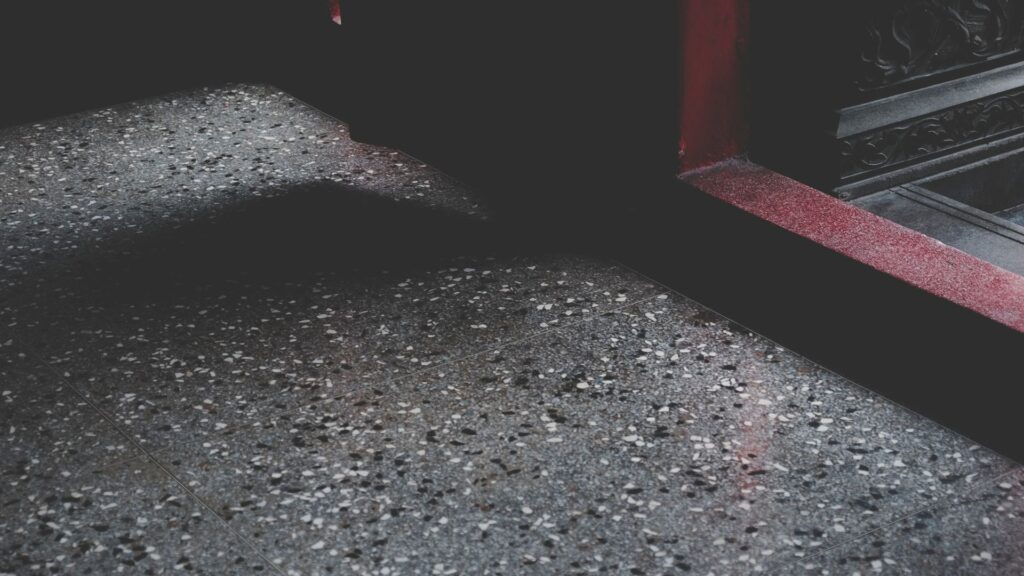
Other Considerations Beyond Cost
When choosing between polished concrete and timber floors, the price tag is only part of the story. Comfort, style, environmental impact, and durability also play a big role in deciding which option will truly suit your home and lifestyle. Here’s a closer look at what you should consider beyond just the cost.
Comfort And Feel Underfoot
Polished concrete offers a firm, solid surface that feels cool to the touch, making it ideal for warmer climates or homes that need better heat dissipation. On the other hand, timber floors provide a warmer, softer feel underfoot, creating a cozy atmosphere that many people prefer in bedrooms and living areas. If comfort is a priority, especially for spaces where you walk barefoot, timber may feel more inviting, while polished concrete works well for areas that benefit from a cooler surface.
Style Versatility And Home Aesthetics
Both flooring types offer strong visual appeal, but their styles cater to different tastes. Polished concrete delivers a sleek, modern, and industrial look that fits contemporary or minimalist designs. Timber floors bring a natural, timeless warmth that complements traditional, rustic, or coastal interiors. The decision often comes down to the overall mood you want in your space, bold and modern with polished concrete, or warm and classic with timber.
Environmental Sustainability And Sourcing
Sustainability depends on how each flooring type is sourced and produced. Polished concrete can be eco-friendly when it uses an existing concrete slab, avoiding extra material consumption. Timber flooring can also be a sustainable choice if it comes from responsibly managed forests and certified suppliers. Buyers who care about environmental impact should look for reputable certifications like FSC (Forest Stewardship Council) or PEFC (Programme for the Endorsement of Forest Certification) when selecting timber.
Resistance To Wear, Moisture, And Pests
Polished concrete is highly resistant to scratches, dents, and stains, making it a durable choice for high-traffic areas and commercial spaces. It also performs well in areas with high moisture, such as kitchens or bathrooms. Timber floors, while durable, are more susceptible to scratches, water damage, and pests like termites. Regular sealing and maintenance can help protect timber, but for homes in humid climates or with heavy wear, polished concrete may offer better long-term resilience.

Pros And Cons Of Polished Concrete And Timber Floors
When deciding between polished concrete and timber floors, it helps to weigh their strengths and weaknesses in a straightforward way. Each option has unique qualities that can influence cost, comfort, and long-term satisfaction, so understanding these differences can make your choice easier and more informed.
Cost Differences
Polished concrete floors often come with a lower installation cost compared to high-quality timber. They require fewer raw materials and can use the existing concrete slab in many cases, reducing expenses. Timber floors, on the other hand, tend to have higher upfront costs because of the material price, especially if you choose premium hardwood. Over time, polished concrete can also be more cost-effective due to lower upkeep costs, while timber may require refinishing and repairs.
Durability And Lifespan
In terms of durability, polished concrete is hard to beat. It resists scratches, dents, and stains better than timber, making it ideal for high-traffic areas or homes with pets. Timber floors can last for decades but are more vulnerable to wear and tear. They may show scratches and dents over time, though these can be sanded and refinished to restore their look.
Comfort Underfoot
Comfort is a key factor for many homeowners. Timber floors feel warmer and softer underfoot, which can make a space feel more inviting and cozy. Polished concrete tends to feel cooler and harder, which may not appeal to everyone, especially in colder climates. Rugs or underfloor heating can help address this.
Maintenance Requirements
Polished concrete is low maintenance, usually requiring just regular sweeping and occasional mopping with a pH-neutral cleaner. Timber floors need more care to maintain their finish and prevent damage from moisture. This often includes refinishing every few years, depending on wear and tear.
Style And Aesthetic Appeal
Both flooring types offer distinct visual appeal. Polished concrete gives a sleek, modern, and industrial look that works well in contemporary designs. Timber offers a timeless, natural warmth that suits both traditional and modern homes. Your choice may come down to personal taste and the overall style of your space.
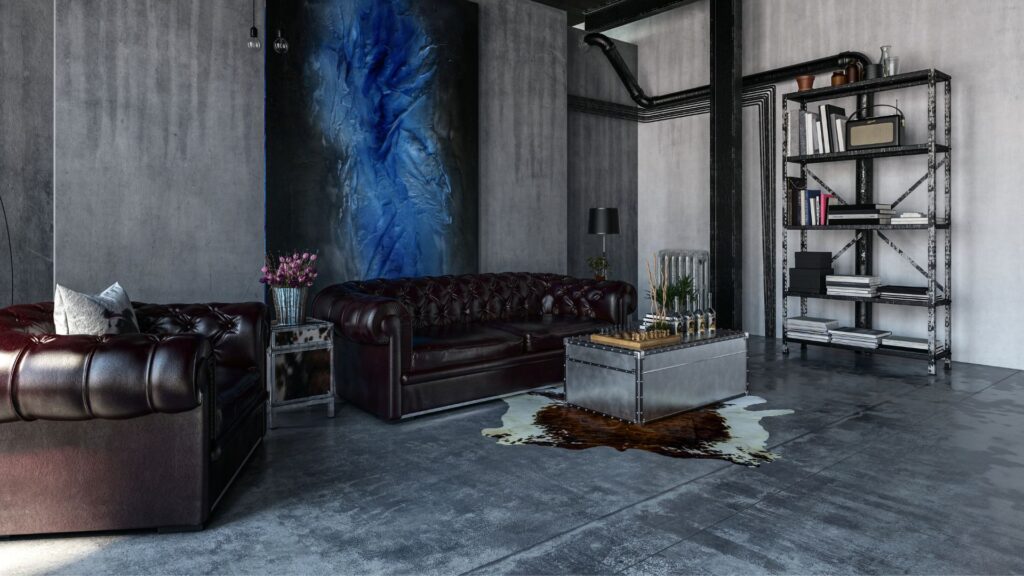
Real-Life Scenarios
When deciding between polished concrete and timber floors, looking at real-life examples can make the decision easier. Each situation comes with its own priorities, challenges, and budget considerations. Here are three common scenarios where cost, style, and practicality play a major role in the final choice.
Example 1: Family Home Renovation
In a family home renovation, durability and maintenance are usually top concerns. Polished concrete can be a smart choice for high-traffic areas like the kitchen, living room, and hallway because it resists stains, scratches, and general wear. The cost savings over time can also be significant, as these floors rarely need repairs or refinishing. On the other hand, timber floors bring a warmer, more inviting feel to bedrooms and living spaces, which many families value for comfort. While timber can cost more initially and require refinishing every few years, it can increase the home’s resale value and appeal to future buyers who love a classic look.
Example 2: Modern Apartment Makeover
For a modern apartment makeover, style and space efficiency often drive the decision. Polished concrete fits well with contemporary or industrial interiors, giving a sleek, minimalist appearance. Its reflective surface can even make smaller apartments feel more open and bright. The cost advantage comes from its low maintenance needs, just regular cleaning and the occasional reseal. Timber floors, while more expensive upfront, can bring warmth and texture to compact spaces, making them feel cozier. In apartments, noise control is another factor to consider; timber with the right underlay can provide better sound insulation compared to concrete.
Example 3: Commercial Space Redesign
In commercial spaces such as cafes, showrooms, or retail stores, flooring must handle heavy daily foot traffic and still look appealing to customers. Polished concrete often comes out ahead in this case due to its durability, easy cleaning, and long life span. It can also be customized with colors or patterns to match branding without significantly increasing costs. Timber flooring, while less common in high-traffic commercial settings, can create a premium, welcoming feel, ideal for boutique stores or offices aiming for a more upscale atmosphere. The higher maintenance and potential for wear mean it’s best used in areas where appearance matters more than heavy durability.

FAQs: About Polished Concrete Vs Timber Floors
Conclusion
When comparing the cost of polished concrete vs timber floors, it’s clear that both options have unique advantages depending on your priorities. Polished concrete often comes with a lower long-term price tag thanks to its durability and minimal maintenance needs, while timber floors carry a higher upfront cost but deliver warmth, classic style, and strong resale appeal. The best choice isn’t just about finding the cheapest option, it’s about matching your flooring to your lifestyle, comfort preferences, and the overall look you want to achieve in your space. Before making your decision, speak with local contractors to get accurate quotes tailored to your home’s size, condition, and design goals, ensuring you invest in a floor that works for both your budget and your day-to-day living.
Find A Professional Flooring Company Near You!
About the Author:
Mike Veail is a recognized digital marketing expert with over 6 years of experience in helping tradespeople and small businesses thrive online. A former quantity surveyor, Mike combines deep industry knowledge with hands-on expertise in SEO and Google Ads. His marketing strategies are tailored to the specific needs of the trades sector, helping businesses increase visibility and generate more leads through proven, ethical methods.
Mike has successfully partnered with numerous companies, establishing a track record of delivering measurable results. His work has been featured across various platforms that showcase his expertise in lead generation and online marketing for the trades sector.
Learn more about Mike's experience and services at https://theleadguy.online or follow him on social media:
